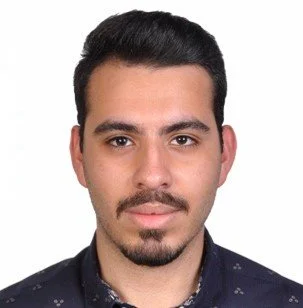Mohsen Seyyedi is currently pursuing an M.Sc. in Mechanical Design Engineering at Istanbul Technical University in Turkey. He earned his B.Sc. in Mechanical Engineering from Islamic Azad University in Iran in 2021. His research interests include computer-aided design (CAD), computer-aided Engineering (CAE) and numerical analysis. His current research focuses on the degradation of steel wire ropes.
Adem CANDAŞ has been employed as a lecturer at Istanbul Technical University (ITU). Dr. Candaş received the B.Sc., M.Sc. and Ph.D. degrees in Mechanical Engineering from ITU in 2010, 2013, and 2021 respectively. He had the M.Sc. degree in Geodynamics in 2017. He has carried out research into fracture mechanics, computer-aided engineering, numerical analysis, materials handling and especially lift systems. He is a member of the IAEE.
C. Erdem İMRAK, has been employed as a full-time Professor at Istanbul Technical University (ITU). Professor Imrak received the B.Sc., M.Sc. and Ph.D. degrees in Mechanical Engineering from ITU in 1990, 1992, and 1996 respectively. He has carried out research into computer-aided engineering, CAD/CAM, numerical analysis, materials handling and especially lift systems. Currently, his activities include: an Honorary Member of ASYAD; a Member of the Safety, Education & Training Committee of ELA; a Member of the ASME; a Member of the OIPEEC; a Member of the IAEE; a Member of the Chamber of Mechanical Engineers in Turkey
In lift systems, the repeated bending movement of steel wire ropes over sheaves induces fatigue failure, which is a critical safety concern. Accurately assessing the fatigue life of hoisting ropes is an important issue for the reliability of lift systems.
Factors influencing fatigue life include rope structure, the sheave-to-rope diameter ratio (D/d), operational speed, and applied tensile force. Fatigue occurs primarily through wire fractures in outer strands. The quantity of these fractures dictates when the rope should be replaced.
However, quantifying these fractures without halting operations poses significant challenges in terms of downtime and financial impact. This study introduces an innovative approach that employs image processing enhanced by artificial intelligence within a fatigue testing setup. Utilizing high-speed cameras, the system aims to detect the evaluation of fatigue failure. Overall, this research combines cutting-edge technology to enhance fatigue testing methodologies.
Artificial intelligence embedded image process based fatigue life determination on wire ropes subjected to bending loads.
Mohsen Seyyedi, Adem Candaş, C. Erdem İmrak
Istanbul Technical University, Turkey.



